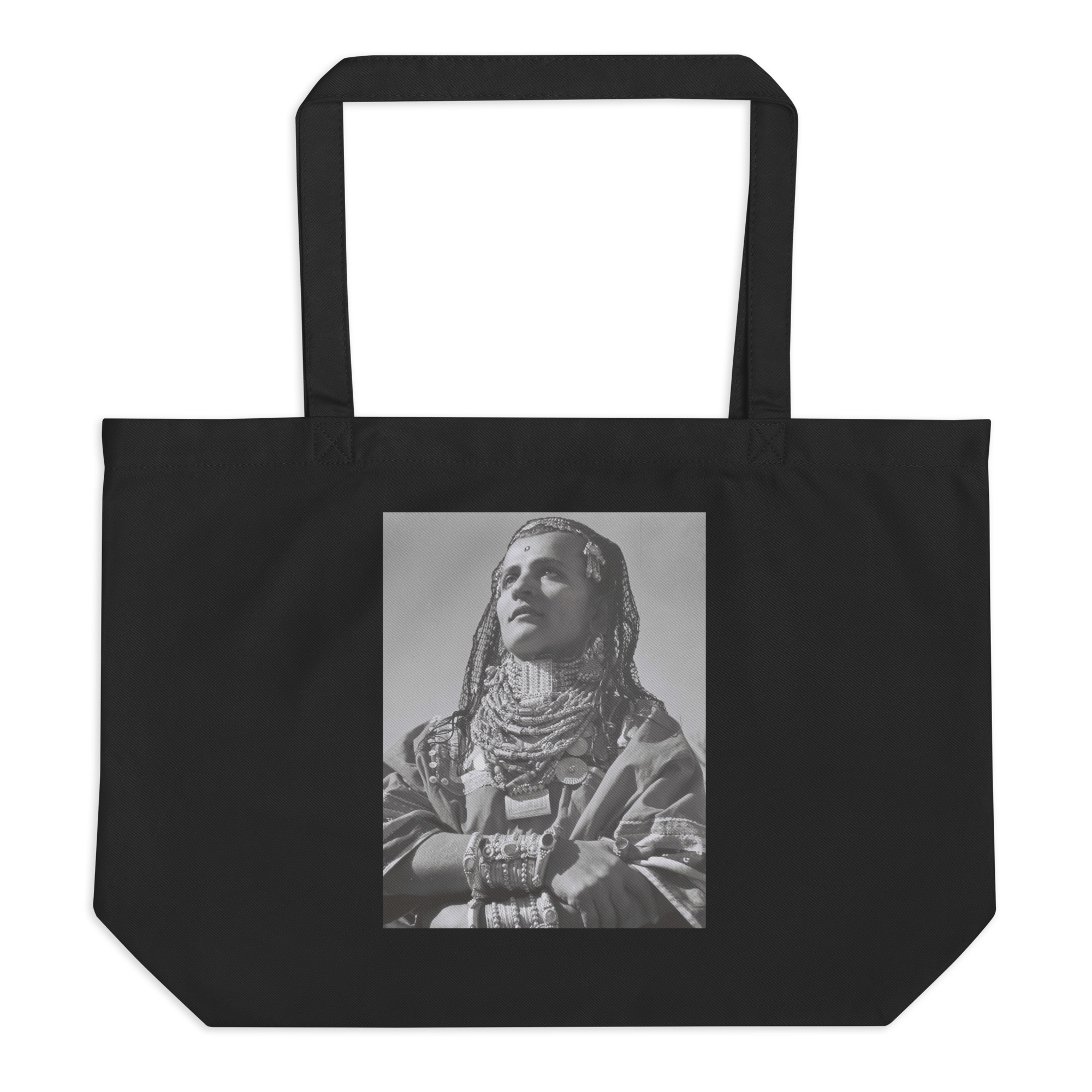Mexican painter Aliza Nisenbaum participates in "When Home Won't Let You Stay: Migration Through Contemporary Art" exhibition
Mexican painter Aliza Nisenbaum's “La Talaverita, Sunday Morning NY Times” (2016), oil on linen, 68 x 88 inches, collection of the artist (courtesy T293 Gallery, Rome and Mary Mary, Glasgow). Via Wikimedia Commons.
On October 23, 2019, Mexican artist Aliza Nisenbaum presented her paintings at the Institute of Contemporary Art in Boston, Massachusetts, as a part of an exhibition featuring more than twenty artists from around the world. It aimed to showcase the displacement of peoples through different artistic media such as painting, sculpture, and video.
Of the several paintings Nisenbaum showcased, the largest was “La Talaverita, Sunday Morning NY Times,” depicting a father and daughter named Gustavo and Veronica. “Talaverita” refers to the Talavera style of Mexican pottery, honoring Nisenbaum’s heritage. Nisenbaum’s work is largely political, aiming to highlight the underrepresentation of marginalized groups due to their race, class, or sexual orientation and to depict their lived experiences.
Aliza Nisenbaum was born in 1977 in Mexico City, Mexico, and resides in Queens, New York, where she works as a professor at Columbia University’s School of the Arts. She earned her BFA in 2001 and her MFA in 2005, both from the School of the Art Institute of Chicago. Nisenbaum draws inspiration from Mexican artists like Diego Rivera, who explored themes of cultural identity and the experiences of Hispanic people in his murals. Nisenbaum cherishes the “moments of privacy, interiority, and deep absorption for both [her] sitters (those who sit to be painted) and [herself]”. During painting sessions with sitters, Nisenbaum asks for feedback and allows them to take creative control of how they wish to be represented.
Nisenbaum’s paternal family was originally from Belarus but fled to Mexico to escape pogroms. They are part of a larger group of diasporic Jews who settled in Mexico City after New York closed its doors to many immigrants in 1921 due to new quotas. Nisenbaum describes her culture as hybrid, a quality she reflects in her paintings, which feature a diverse range of backgrounds.
Sources:
Institute of Contemporary Art / Boston. "When Home Won’t Let You Stay: Migration through Contemporary Art." Accessed February 10, 2025. https://www.icaboston.org/exhibitions/when-home-wont-let-you-stay-migration-through-contemporary-art/.
Art21. "Aliza Nisenbaum." Accessed February 10, 2025. https://art21.org/artist/aliza-nisenbaum/.
Tate. "Five Ways Aliza Nisenbaum Approaches Portraiture." Accessed February 10, 2025. https://www.tate.org.uk/art/art-terms/p/portrait/five-ways-aliza-nisenbaum-approaches-portraiture.



